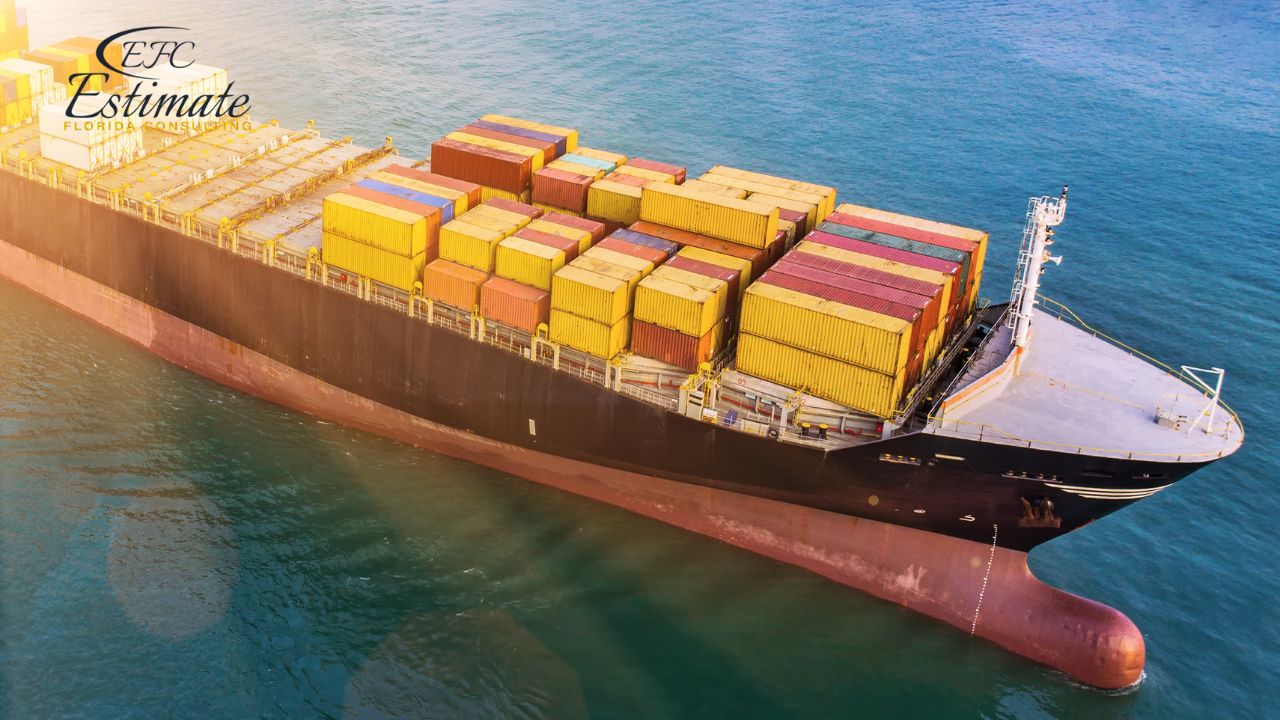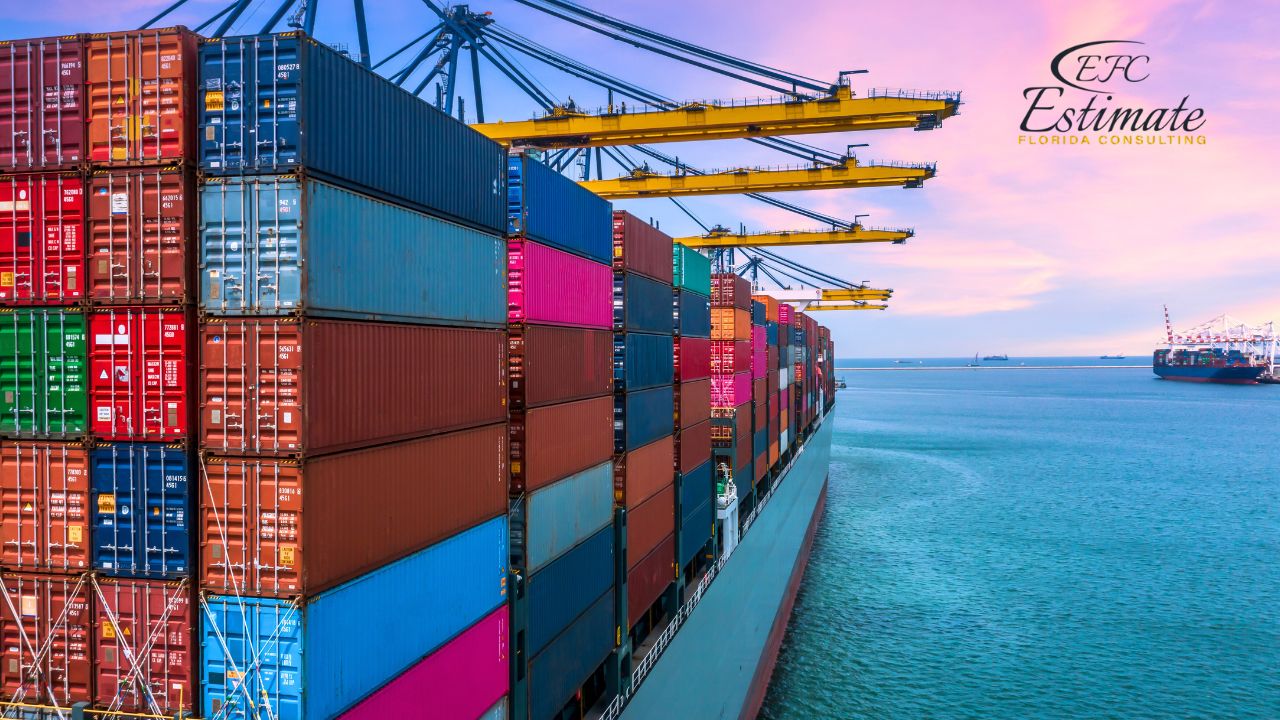- Consolidated freight delivers material by combining multiple shipments into one, reducing transit time, cost and logistical headaches.
- Benefits include cost savings, faster delivery, better inventory control and reduced environmental impact. It’s a simple solution to modern supply chain problems.
- Freight management software and data analytics tools help implement consolidated freight by making it more efficient, trackable and route optimised.
- Real life examples show actual savings, such as reduced transport costs, faster delivery and lower carbon emissions across manufacturing, construction and retail.




